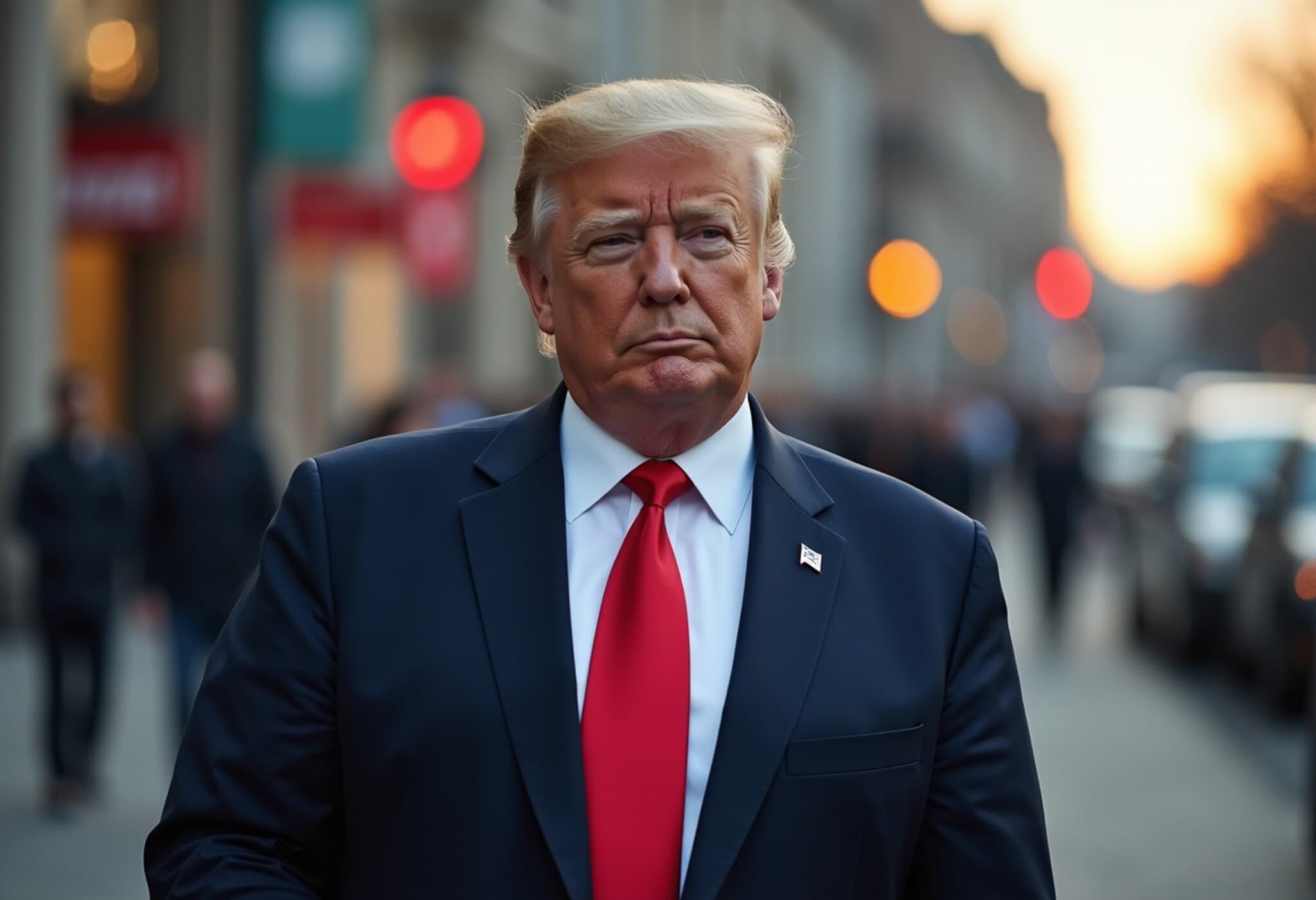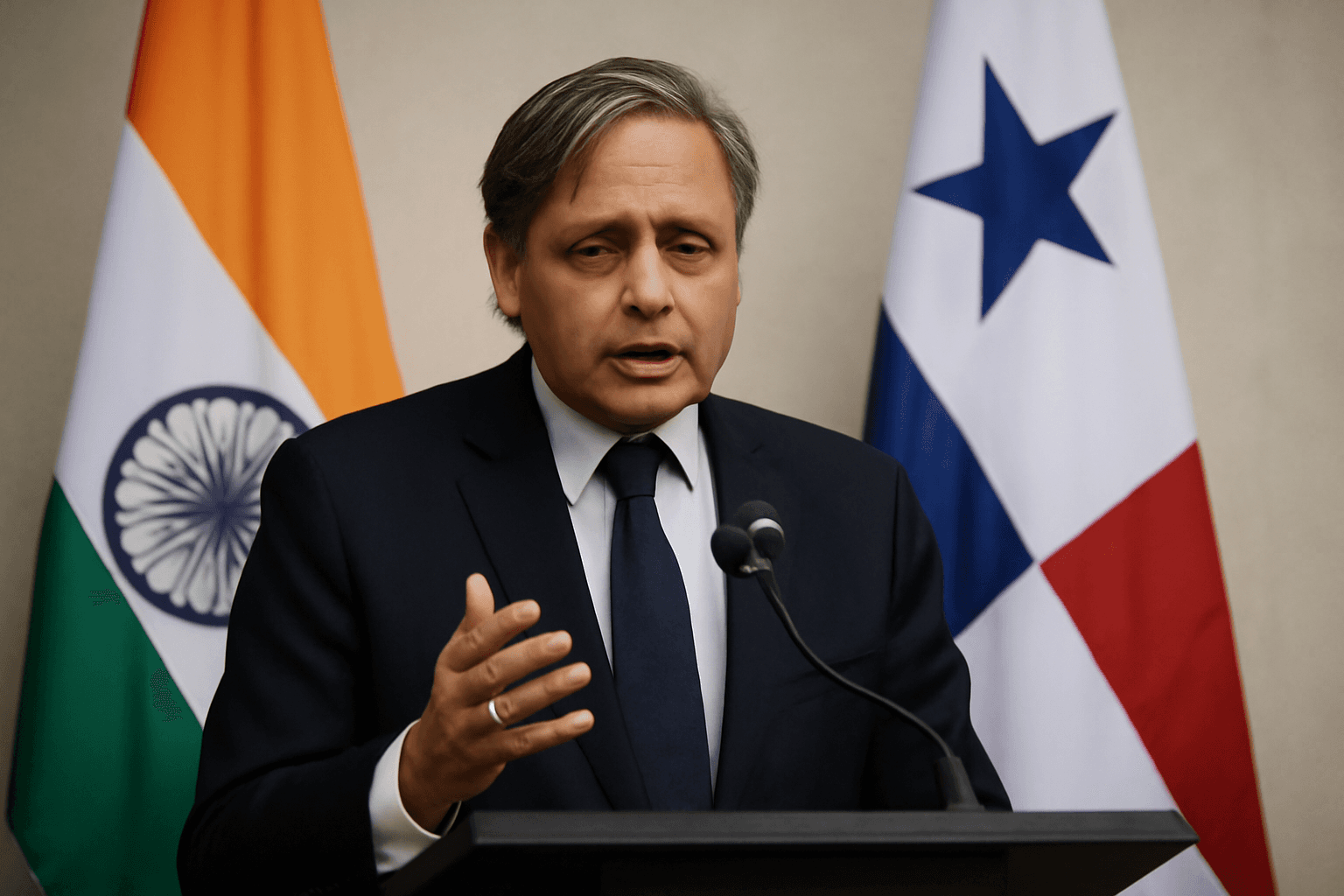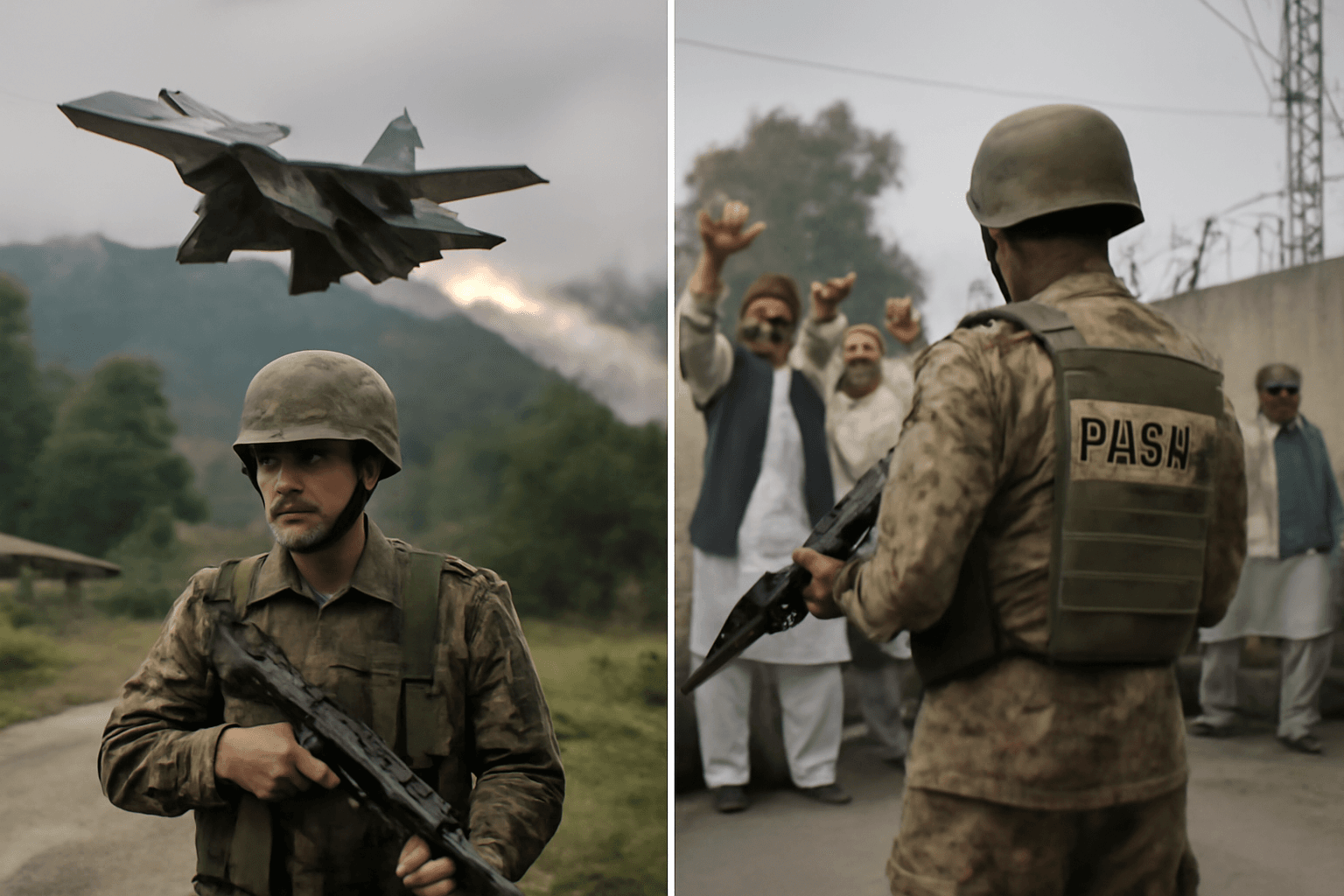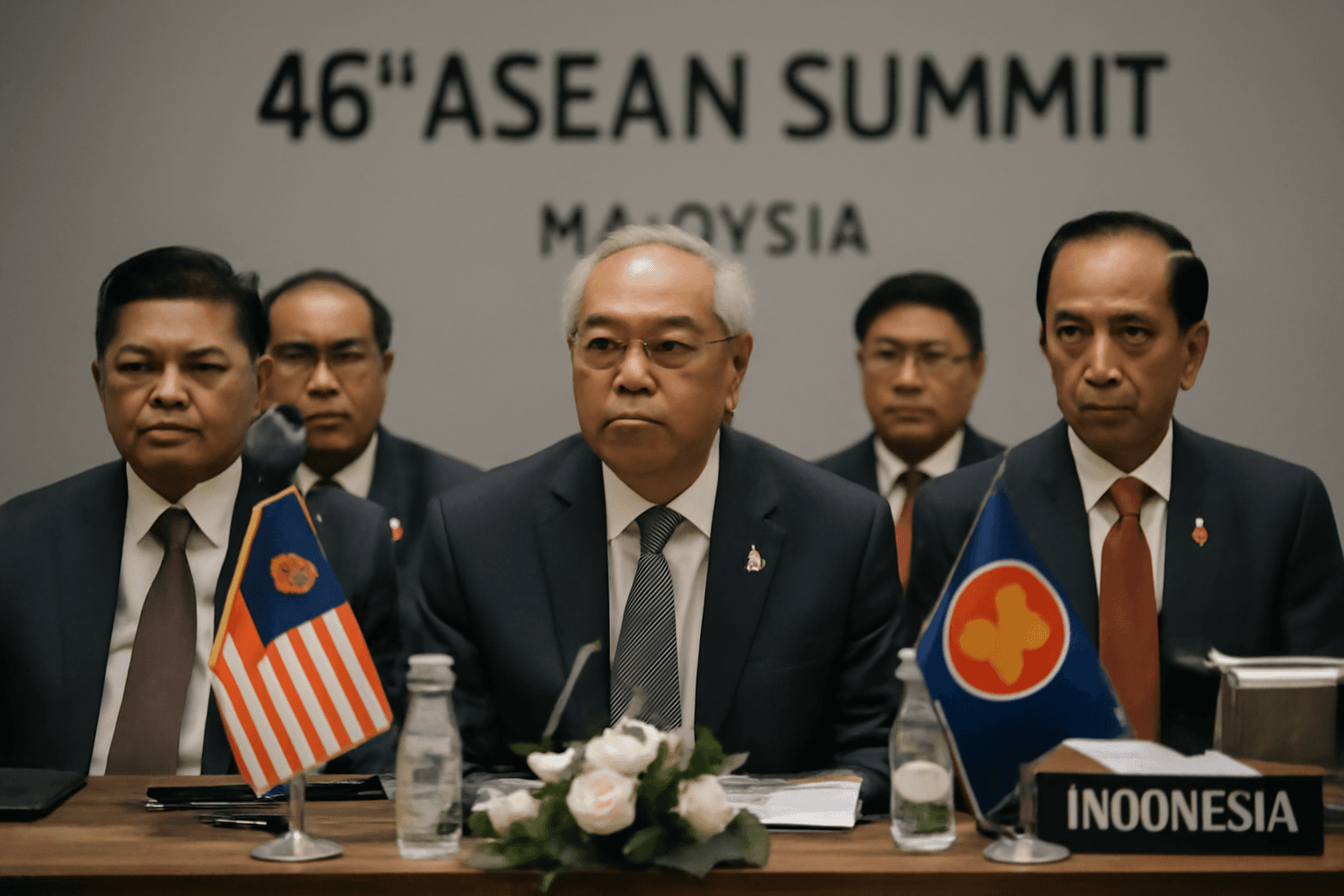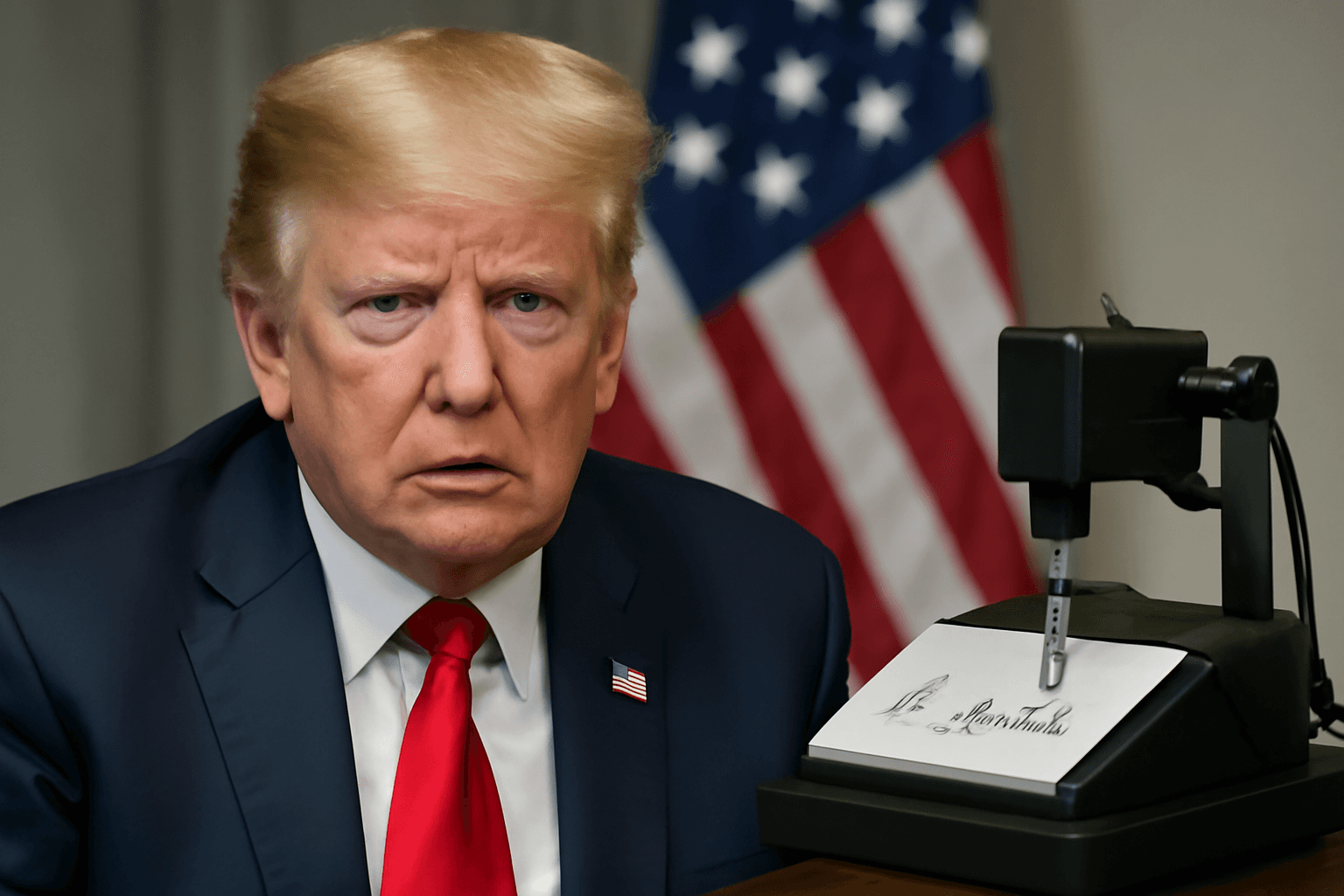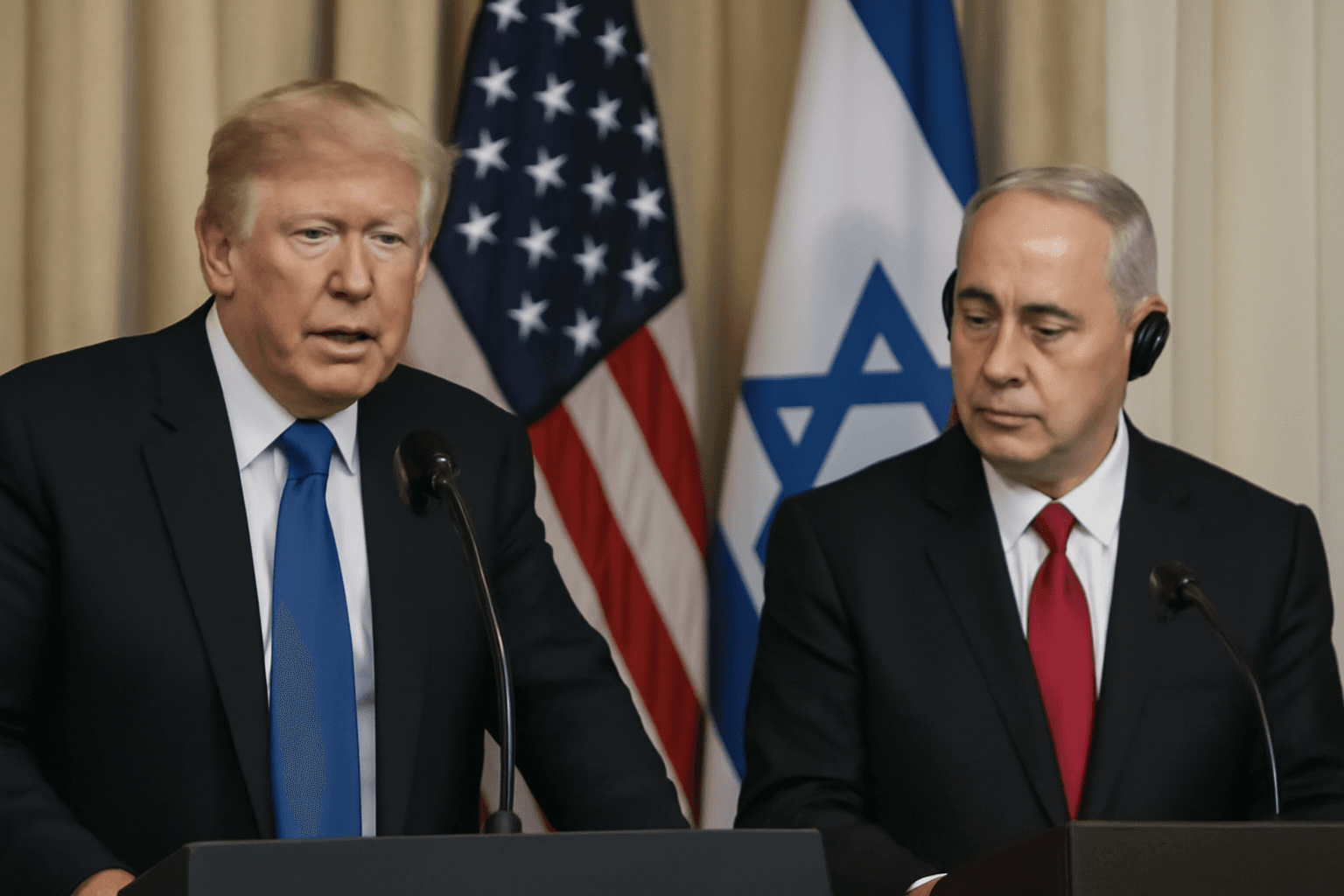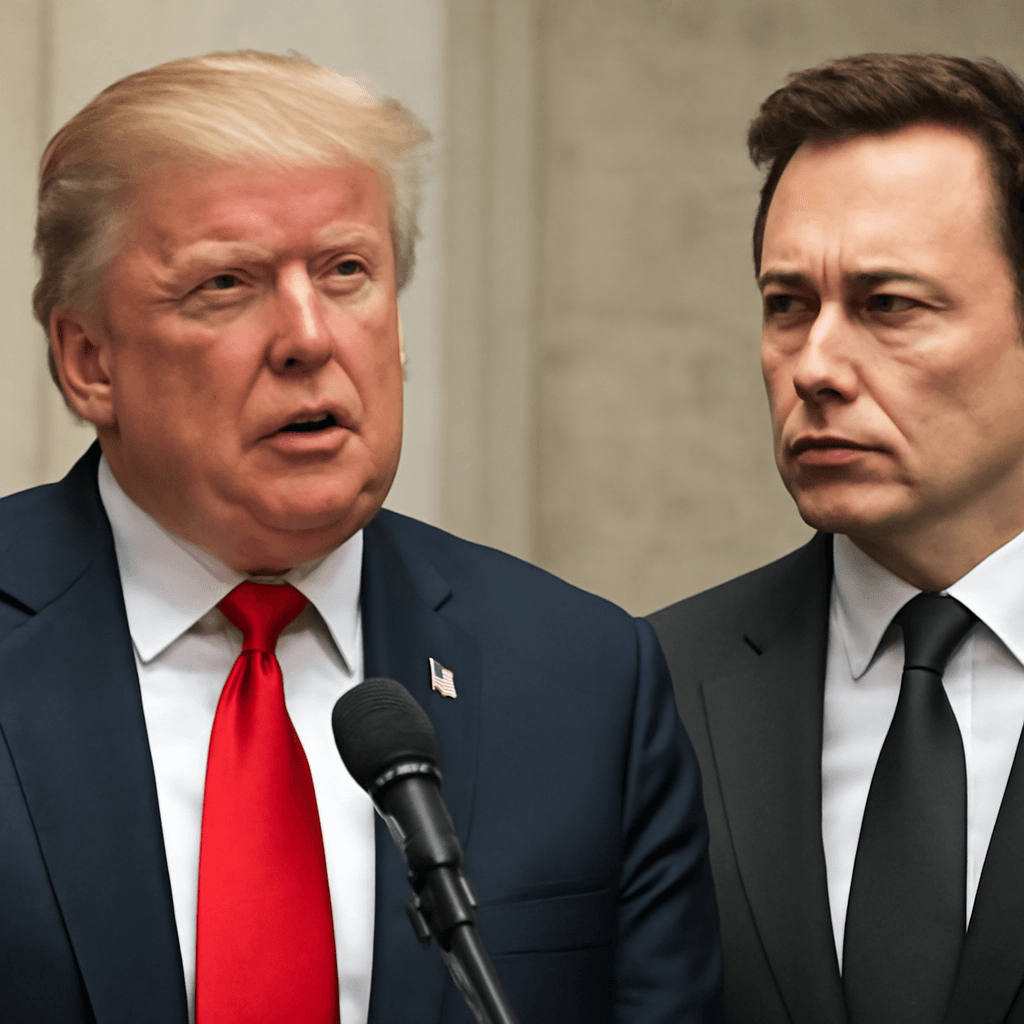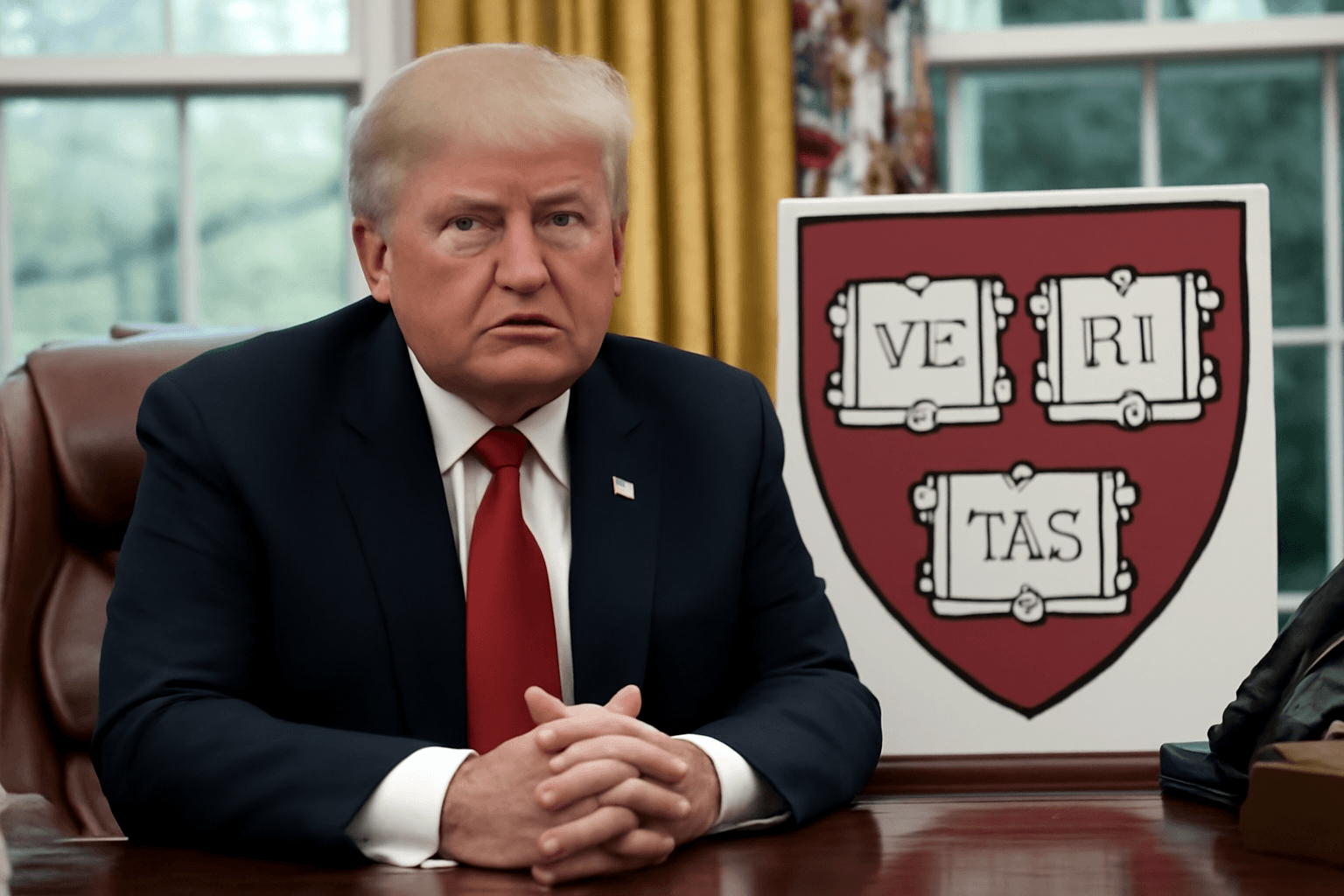Trump’s Ultimatum to Russia: Ceasefire or Face Economic Retaliation
On August 8, 2025, the White House deadline imposed on Russia to halt its ongoing war in Ukraine expires, marking a critical juncture in U.S.-Russia relations and global energy markets. President Donald Trump, having made ending the Ukraine conflict a cornerstone of his second term's foreign policy, stands firm on imposing secondary tariffs on Russia’s energy trade partners if Moscow fails to agree to a ceasefire.
The Stakes Behind the Deadline
Trump initially set a 50-day timeline for Moscow to cease hostilities, warning of tariffs as high as "about 100%" on countries continuing to purchase Russian crude oil without complying with Western price caps. The looming August deadline symbolizes not only a diplomatic test but also an economic flashpoint with far-reaching consequences.
Economic Pressure on Russia
Russia’s economy, already battered by international sanctions, hinges heavily on its oil exports. According to the World Bank’s June forecasts, Russia’s GDP growth is expected to slow dramatically — shrinking from 4.3% in 2024 to approximately 1.4% this year. The imposition of secondary tariffs threatens to cut off Russia’s crucial remaining clients, many of whom rely on Western shipping and insurance frameworks.
The Diplomatic Challenge
Efforts to broker peace have struggled amid stark differences. Russian President Vladimir Putin demands that Ukraine renounces its NATO aspirations and formally cedes control over four annexed regions — conditions Kyiv firmly rejects. This maximalist stance has prolonged the conflict, complicating international mediation attempts.
Behind the Scenes: U.S. Diplomacy and Mixed Signals
Earlier this week, U.S. Special Envoy Steve Witkoff engaged in a last-minute dialogue with Putin, which the White House described as "highly productive." Trump initially expressed optimism, stating, "Everyone agrees this War must come to a close." Yet by Thursday, his tone softened, reflecting disappointment and uncertainty whether Putin would comply:
"We're going to see what he has to say. It's going to be up to him. Very disappointed."
Secondary Tariffs: The U.S. Strategic Gambit
If the White House follows through, the introduction of secondary tariffs could serve as a powerful lever, forcing Moscow’s buyers into a difficult crossroads: continue with discounted Russian oil while risking significant U.S. trade penalties, or realign with American economic interests.
For instance, India—a major Russian oil consumer—faces a proposed 25% duty scheduled for August 27. This move indicates a shift beyond direct pressure on Russia toward targeting third-party nations that sustain the Kremlin’s energy revenues.
Expert Insight: Balancing Pressure on Allies and Adversaries
Tina Fordham, founder of Fordham Global Foresight, shared critical perspective on CNBC’s "Squawk Box Europe":
"It’s very significant that Trump has decided to turn up the heat on his friend Narendra Modi in India, and not on Putin himself. This tells us that President Trump is hesitant to exert maximum pressure directly on Putin, even at the expense of straining U.S.-India relations, which are strategically vital given broader U.S.-China dynamics."
The Larger Geopolitical Context
This calibrated diplomatic strategy reveals the complexities shaping Washington’s approach. By leveraging sanctions, the U.S. aims to isolate Moscow economically while juggling important alliances in Asia. Maintaining cooperation with India, a pivotal player in curbing China’s influence, complicates the sanctions enforcement landscape.
What’s Next?
- August 8: Russia’s ceasefire deadline expires.
- August 27: Potential implementation of 25% secondary tariffs on India.
- Possible future meeting between President Trump and Vladimir Putin remains uncertain.
As the deadline arrives, global markets and policymakers remain attentive. The outcome will significantly impact the trajectory of the Ukraine conflict, global energy prices, and the geopolitical balance between major powers.
Editor’s Note
The unfolding scenario invites reflection on the efficacy and ethics of secondary sanctions as diplomatic tools. While designed to curb aggression, these measures risk unintended fallout: straining alliances, disrupting global markets, and potentially alienating neutral players. As we watch this deadline approach, crucial questions arise—can economic pressure alone end a deeply entrenched conflict? And how will the U.S. balance assertiveness toward Russia with its strategic partnerships elsewhere? The coming days promise to be a decisive moment in this complex international chess game.

